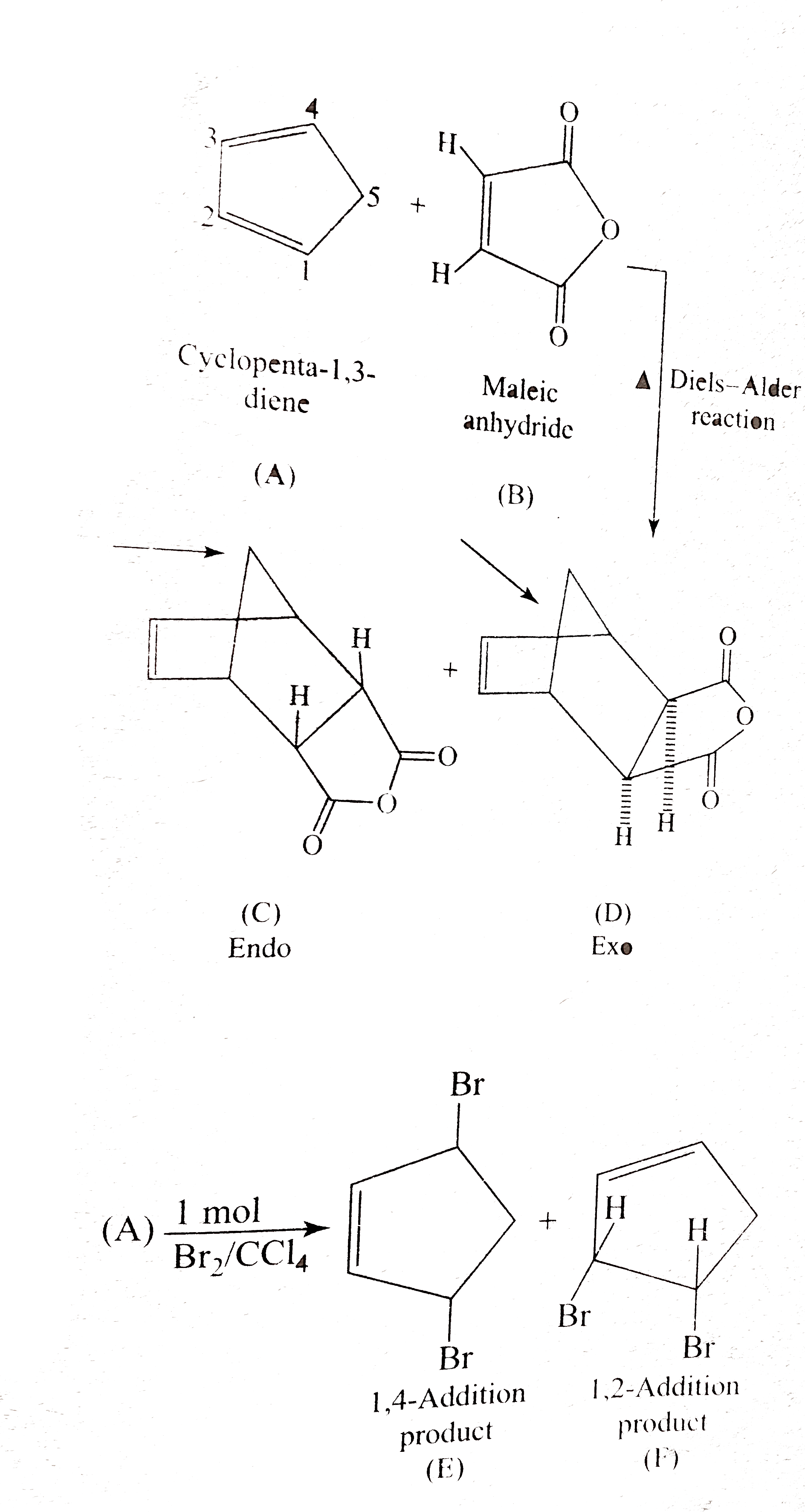In a gaseous reaction of the type
aA+bB→cC+dD, which is wrong:
a litre of A combines with b litre of B to give C&D
a mole of A combines with b mole of B to give C%D
ag of A combines with bg litre of B to give C&D
a molecules of A combines with b molecule of B to give C & D
The correct Answer is:C
To solve the question regarding the gaseous reaction of the type aA+bB⇌cC+dD and identify which statement is incorrect, we will analyze the options provided.
1. Understanding the Reaction:
The reaction involves reactants A and B combining to form products C and D. The coefficients a,b,c, and d represent the stoichiometric coefficients of the respective substances.
2. Analyzing the Options:
We need to evaluate the statements regarding the quantities of the substances involved in the reaction. The options typically involve volumes, moles, or grams of the substances.
3. Option A: "A litre of A combines with B litre of B gives C and D".
- This statement is valid because in gaseous reactions, we can relate volumes to moles directly. According to Avogadro's law, equal volumes of gases at the same temperature and pressure contain equal numbers of molecules. Therefore, this statement is correct.
4. Option B: "A mole of A combines with B mole of B gives C and D".
- This statement is also valid. Moles can be directly used in stoichiometric calculations, and the reaction follows the mole ratios given by the coefficients a and b. Hence, this statement is correct.
5. Option C: "A gram of A combines with B gram of B gives C and D".
- This statement is incorrect. The reaction is based on moles, not grams. While it is possible to convert grams to moles using the molar mass, the coefficients in the balanced equation refer to moles, not grams. Therefore, this statement is wrong.
6. Option D: "A molecules of A combines with B molecules of B".
- This statement is valid because it refers to the number of molecules, which is consistent with the stoichiometric coefficients in the reaction. Thus, this statement is correct.
Conclusion:
The incorrect statement among the options provided is Option C: "A gram of A combines with B gram of B gives C and D".
The reaction involves reactants A and B combining to form products C and D. The coefficients a,b,c, and d represent the stoichiometric coefficients of the respective substances.
We need to evaluate the statements regarding the quantities of the substances involved in the reaction. The options typically involve volumes, moles, or grams of the substances.
- This statement is valid because in gaseous reactions, we can relate volumes to moles directly. According to Avogadro's law, equal volumes of gases at the same temperature and pressure contain equal numbers of molecules. Therefore, this statement is correct.
- This statement is also valid. Moles can be directly used in stoichiometric calculations, and the reaction follows the mole ratios given by the coefficients a and b. Hence, this statement is correct.
- This statement is incorrect. The reaction is based on moles, not grams. While it is possible to convert grams to moles using the molar mass, the coefficients in the balanced equation refer to moles, not grams. Therefore, this statement is wrong.
- This statement is valid because it refers to the number of molecules, which is consistent with the stoichiometric coefficients in the reaction. Thus, this statement is correct.
The incorrect statement among the options provided is Option C: "A gram of A combines with B gram of B gives C and D".
Topper's Solved these Questions
- MOLE CONCEPTBOOK - ALLENCHAPTER - MOLE CONCEPTEXERCISE - EXERCISE -03
13 Videos
- MOLE CONCEPTBOOK - ALLENCHAPTER - MOLE CONCEPTEXERCISE - Comprehension # 1
3 Videos
- MOLE CONCEPTBOOK - ALLENCHAPTER - MOLE CONCEPTEXERCISE - EXERCISE - 01
49 Videos
- IUPAC NOMENCLATUREBOOK - ALLENCHAPTER - IUPAC NOMENCLATUREEXERCISE - Exercise - 05(B)
7 Videos
- QUANTUM NUMBER & PERIODIC TABLEBOOK - ALLENCHAPTER - QUANTUM NUMBER & PERIODIC TABLEEXERCISE - J-ADVANCED EXERCISE
24 Videos
Similar Questions
In a gaseous reaction of the type
aA+bB→cC+dD,
(i) In a gaseous reaction of the type
(ii) a mole of A combines with b moles of B to give C and D
(iii) (a×MA) g of a combines with (b×MB) g of B to give C and D
(iv) a molecules of A combines with b molecules of B to give C and D
View SolutionFor a gaseous reaction
xA+yB⇔lC+mD
View Solution
In the reaction of (A) to form (E) and (F), which statement is wrong ?
View SolutionFor a gaseous reaction, the rate of reaction may be expressed in the units
View SolutionIn a gaseous reaction, an increase in the pressure of the reactant gases increases the rate of reaction.T or F
View SolutionFor a reaction of type
aA+bB→products,−d[A]dt is equal to
View SolutionAddition reactions and substitution reactions are types of organic reactions. Which type of reaction is shown by ethene?
View SolutionAddition reactions and substitution reactions are types of organic reactions. Which type of reaction is shown by ethane
View SolutionAddition reaction and substitution reactions are types of organic reactions. Which type of reaction is shown by : (i) Ethane (ii) Ethene
View SolutionFor a gaseous reaction: A(g)→B(g), the rate expresison may be given as
View Solution
